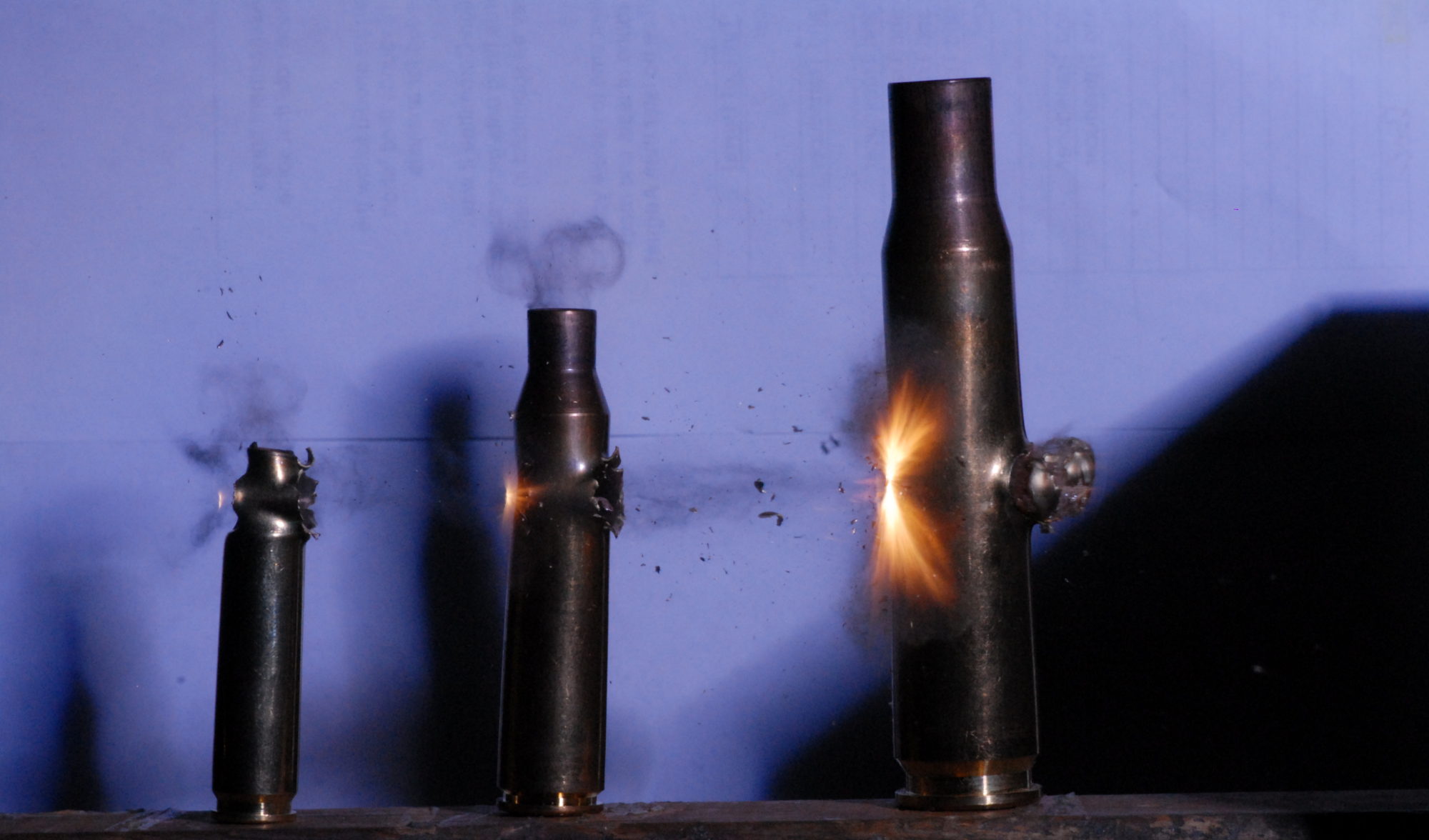In a world that has largely been overtaken by optics, iron sights might seem a little bit old fashion. Hunting rifles are regularly sold without them, and even many modern sporting rifles have left them off completely. With the advent of the RMR, and other compact red dots designed for everyday carry pistols, it is entirely possible that new shooters could shoot for years without needing to learn how to use iron sights.
The thought of this makes me cringe. Someone who is proficient with a good set of iron sights is every bit as good as someone who uses a Red Dot. It is my opinion that iron sights should be as integral to a rifle or pistol as a good trigger.
With that rant being mostly over, we look at the Iron Sights for the VZ-58 and give a bit of a sigh. The sights on this rifle have something to be desired. They consist of a Square Notch and a Square Post. The rear sight is field adjustable for elevation only. The front sight is adjustable for elevation and windage but is meant to be set by a gunsmith and is not readily adjustable.
Setting Expectations
Most people who are disappointed by the performance of a rifle usually have unrealistic expectations of the platform. This is true of modern rifles, where people expect sub-MOA performance out of $300 dollar rifles. In order to avoid this dissapoint, lets layout what is expected of these rifles from the factory.
Inline with Soviet Doctrine of the era, the rifle is designed to be “minute of man” accurate at 300 yards. If you aim at the belt buckle you should have a reasonable amount of confidence that you’ll place a round in the torso at 300 yards. Accuracy requirements for these rifles are considered “Very Loose” by today’s standards with a Four Shot group measuring 18cm or 7in passing factory specs.
Extending out the cone, we can assume that a 21in group at 300 meters would also be passing. Given that a the typical man measures 31 to 33 inches at the waist, and 38 to 40 inches at the chest. We can see the accuracy requirement meets Soviet doctrine.
If you were to try and sell a rifle with these accuracy specs in today’s market it would be an instant flop. If you go back 60 years when these rifles were released, the accuracy specs are still pretty loose. Especially when comparing them to American battle rifles like the M1 Garand and the M14. However it is important to remember that Soviet doctrine was more about quantity over quality.
Sighting In Set Up
Previous to this we’ve already established the rifle as a reliable shooter. We had some minor issues and bugs that we’ve worked out in previous write ups but we haven’t done a real good evaluation of the rifle itself. In doing the sight in, I typically evaluate the trigger, and overall feel of the rifle.

We used the Tulammo 122gr FMJ steel case ammunition for sight in. FMJ ball is the recommended load for sight in. A solid argument can be made that the ammunition should be the highest quality possible for sight in and that the steel cased budget ammunition isn’t the proper ammunition to use for sight in. However I strongly suspect that the military ammo of the era is probably pretty comparable to the ammo we used. For this general site in it will be fine, if we decide to fine tune it in the future we will be using handloads.

One thing that became painfully obvious during sight in was the trigger. It is terrible, possibly the worst trigger I have ever tried to sight a rifle in on. A clean breaking trigger is something that is a must for any rifle, not just a target rifle. We soldiered on, making the best of it, but expect a write up on what we try and do to fix this trigger.
Outside of the trigger the overall feel of the rifle is good. If feels balanced, the recoil is a little more stiff than a 300 Blackout, but it is no where near 308 Win levels. The muzzle break does an excellent job of controlling muzzle flip. I haven’t done much work with AK’s so I can’t compare it to an AK, which would be the most apt comparison.
The rear of the receiver has sharp edges, and it can catch you, and feel a little uncomfortable. However it isn’t a deal killer. It would have been nice if they had radiused those edges a little more. I was a little leery of getting a good cheek weld on the the folding stock, but found it to be fine.
The Results
This first trip to the range did not get me the picture perfect groups I was hoping for. Even with my fairly loose expectations of accuracy I struggled to get it to site in on paper. Part of the reason was the front post was just set too high and I did not have the right tool to adjust it. The second reason was the trigger. I could not get use to it, and it would not break consistently.
What I get get was a general feel for the rifle and where it needed some work. Definitely needed to spend a bit of time with the trigger, and I needed a sight adjustment tool. The good news that that the rifle did not jam, and the bullets were not keyholing. We will take what we can get.
